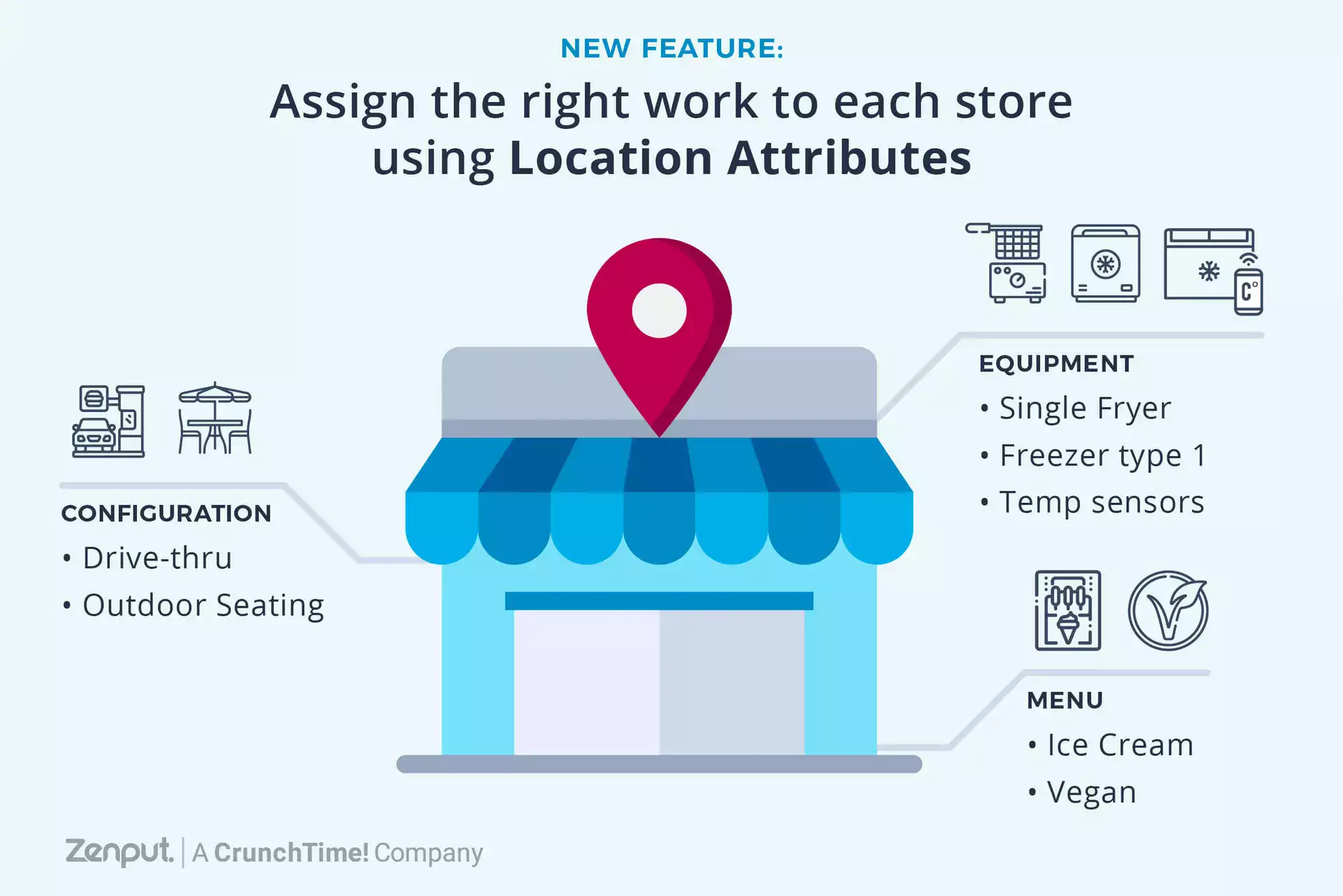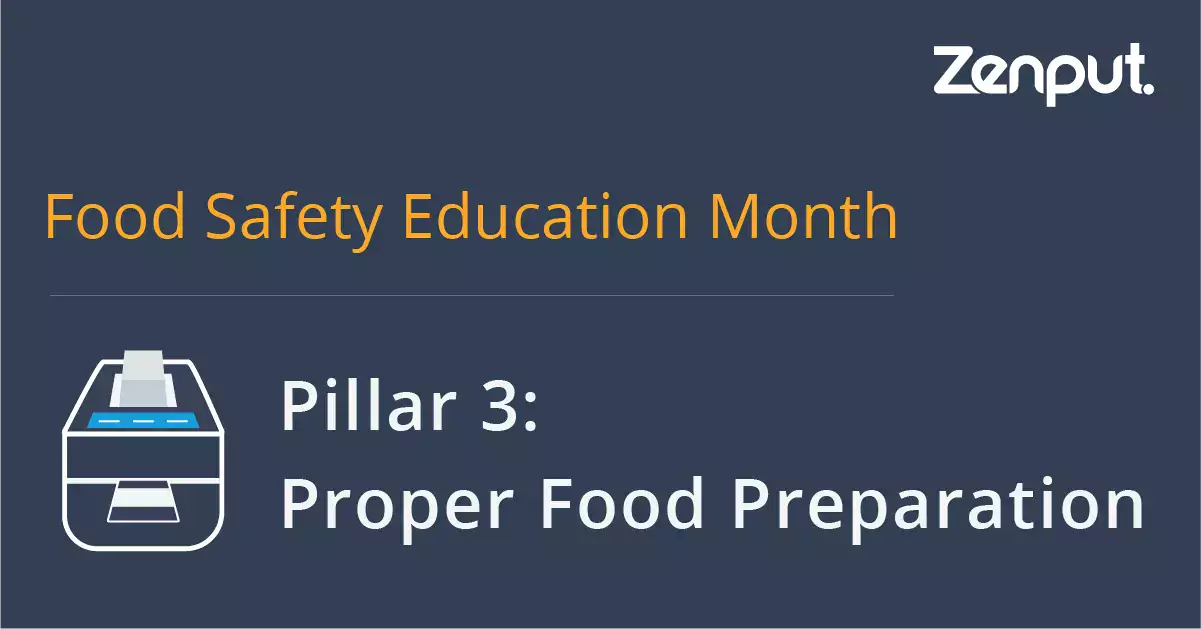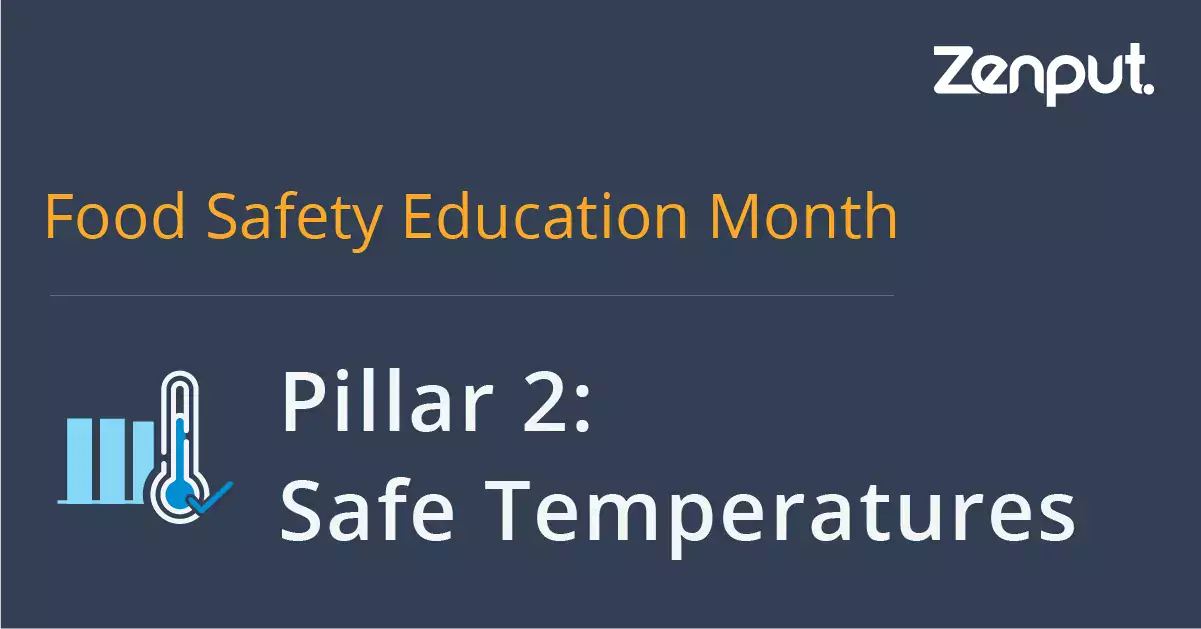Earlier this year, Pacific Northwest-based grocery chain Haggen Inc., announced it would acquire 146 stores as part of the divestment process brought about by the Federal Trade Commission review of the Albertsons LLC and Safeway merger.
With this acquisition, Haggen expanded from 18 stores with 16 pharmacies to 164 stores with 106 pharmacies, and from 2,000 employees to more than 10,000. It went from operating in Oregon and Washington to becoming a major regional chain in Washington, Oregon, California, Nevada and Arizona. Haggen embarked on its plan to remodel and rebrand the stores at an ambitious pace-—between one to 12 stores each week.
The expansion took many by surprise, considering that Haggen had closed 12 stores since 2011 after a private investment firm Comvest Group took a majority interest in the chain. It doesn’t sound like this was a retailer poised for 800% growth overnight—and it wasn’t.
In August, Haggen announced it has to shut down 27 of the stores it acquired, including 16 in California.
What went wrong?
Rising Star, Falling
When Haggen debuted in some markets, its products were mistakenly overpriced. To be exact, 1,000 items — or about 2.5% of a store's products — were erroneously overpriced at 10 supermarkets in Los Angeles, Orange and San Diego counties, reported the Los Angeles Times. According to analysts, Haggen never fully recovered from this stumble. Much like the recent Whole Foods pricing scandal, some of items were incorrectly underpriced as well. The error was attributed to a computer glitch and took weeks to sort out, Haggen Pacific Southwest CEO Bill Shaner said. He added that the company regularly checks prices at rival stores to make sure it’s within a few cents of similar items. This information begs an important question: If Haggen truly checked its prices regularly and responded to shifts in prices, why did it take so long to sort out item pricing at the point-of-sale?Backtracking
Mistakes happen, but it’s all about how you deal with them. Here’s are some what-if hypotheticals about what Haggen could have done differently:- What if Haggen had deployed an aggressive strategy of self-auditing prices when it first noticed the problem?
- What if Haggen assigned store managers or assistant managers to be pricing ambassadors to communicate to customers that a transitional error was happening? These ambassadors could have warned customers of the glitch as they approach the point-of-sale, and encourage them to check their receipts. Combine that with ramped up customer service presence until the computer glitch is resolved.
- What if corporate has a way of quickly notifying store managers to adjust the prices of a specific product? Since the error was confined to the Southern California market, the idea isn’t completely unfeasible.
Haggen said it will now focus on its “right sizing strategy” but it’s unclear if the company will ever again become a big player in the West’s grocery industry.
If there’s something to learn from Haggen’s missteps and subsequent downsizing it’s this: Recognize Customer Expectations Customers recognize overpricing and it’s important to research pricing of competition. Just because a grocer caters to a niche audience doesn’t mean that customers will blindly dig deeper into their pockets. Employee Self-Auditing Employees notice when prices are too high as well, and often, employees shop at the stores where they work. Training employees to self-audit may have helped Haggen adjust erroneous prices.Subscribe to our blog
You are now subscribed!


